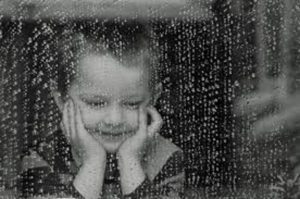
Out of all the holidays in the year, joy is linked most closely with Sukkot. In the section on holidays in Parashat Emor, Sukkot is the only holiday in which there are instructions to ‘rejoice before Hashem your God’. Likewise, in Parashat Re’eh the topic of joy is highlighted in connection to Sukkot. Above all we are commanded on this holiday, ‘be joyous!’. Joy has become the essence of the meaning of this holiday, which is called in our prayers ‘the time of our happiness ‘. But why is joy emphasized specifically on the holiday of Sukkot?
One familiar answer is taken from an additional name of the holiday- the Holiday of Harvest. After a long and tiring summer, after sowing, plowing and reaping, the farmers of Israel gather the harvest into their homes. Their year-long hard work bears fruit and heralds the blessing of food and sustenance for the coming year; the whole nation is unified in feelings of joy, happiness and thanksgiving for the abundance Hashem has given them.
However there is another aspect to the joy of the Sukkot holiday. Sukkot falls out only several days after Yom Kippur, and this timing creates added meaning to the joy of the holiday. Throughout the year we experience hardships and disappointment- from our friends, family and ourselves. Yom Kippur allows us a process of repentance and return that enable us to re-establish our relationships. In effect, Yom Kippur is a day of rebirth. Reflection on the customs of the day reveals that we are in essence, reenacting elements of death by fasting and wearing white burial-like shrouds. The symbolic brush with death on Yom Kippur returns us to our life reinvigorated, pushing us to fully celebrate our fragile existence. Thus, the holiday of Sukkot is imbued with another level of joy, tempered by the acknowledgment of our temporary and fleeting existence, expressed in the Halachic command to “leave your permanent home to a temporary home”.
This understanding helps clarify the central role of water and rain during Sukkot and Hoshana Raba. The beginning of the rainy season overlaps with Sukkot. However, the fear that rain might hamper the mitzvah of sitting in the sukkah causes the prayers for rain to be pushed off until the end of the holiday. Yet, there are many mitzvot central to the holiday which focus on water. In the times of the Temple the central mitzvot of the holiday were “nisuch hamayim’ (the water libation), circling the altar (with hoshanot) and beating the aravot – all rituals which are rooted in the plea for rain. However the main celebration involving water was ‘simchat beit hashoeva’. On the nights of Chol HaMoed the nation celebrated the drawing of the water from the Shiloach spring and bringing it to the Temple to be used during nisuch hamayim’. The celebration was enormous, with giant torches of fire, song and dance. Even the great scholars of Israel joined in the festivities, entertaining the nation with juggling and dancing.The rapture and joy reached such heights that the mishna says “he who has not seen the joy of the water libation has not seen joy in his life”.
Rain is the foremost expression of our impermanent existence and dependance on God. Unlike Egypt, whose sustenance and agriculture are based on the Nile, Israel has very few water sources, and it’s agriculture is dependant on rainfall. Therefore, specifically in Israel, rain represents the helplessness of man when faced with the forces of nature, and the complete dependance of man on forces much greater and stronger than himself. In the ancient world rain represented God’s desire to benefit the earth and it’s inhabitants; the lack of rain was considered a result of having angered God. For this reason, the prayers for rain poignantly express the fragility of human existence and the ability to turn outwards and renew the relationship with Hashem. After Yom Kippur, when man recognizes his weakness and the fine line separating life and death, he is able to humbly ask for his most basic needs in the form of water, which satiates his soul and waters his fields.
The request for water adds another element to the joy of the holiday. Only those who recognize the fragility and impermanence of the human existence can truly know the meaning of every moment of existence. The change from Yom Kippur to Sukkot expresses the deep joy of rebirth and the celebration of life itself. The juxtaposition of the celebrations around water and the fervent plea for water, express the deepest sort of intimacy between man and his Creator; they express the need to integrate our most basic physical needs with the ability to rejoice in life itself.
In modern life it seems as though farmers are the ones that specifically feel the urgency of the plea for water, and the connection between water and happiness. However, there is another mitzvah that accompanies us throughout the year — specifically the women among us — and draws into it the powerful emotions evoked by water. The shared basis between halachot of mikva and halachot of immersion is the concept of immersion as rebirth. The focus of the body and it’s cyclicality are presented by the sages as a ritual in which a person leaves all of their belongings behind, their clothing and coverings, and stands naked before God. The total exposure creates a new intimacy with the Creator and allows a rebirth of a person into their body and soul. Thus, immersion constitutes a meeting point between the physical and worldly and the moments of grace of understanding the timeliness of the life cycle and the transience of the fleeting moment. Of this the Talmud says ‘God’s presence only lies in the joy of a mitzva’- the true happiness elevated the physical celebration to a mitzva, to joy which flows from an understanding of the temporality of the human existence and from that understanding searches for a renewed connection to God.
Dr. Ayelet Libson has taught Talmud and Jewish Law for the past decade on the faculty of several institutions for adult education, including MaTaN and Midreshet Lindenbaum in Jerusalem and Drisha in New York. She holds a BA with honors from the Hebrew University and a Ph.D. from New York University. She has won several prestigious awards and is currently a Lady Davis postdoctoral fellow at the Hebrew University. Dr. Libson is a graduate of the Advanced Talmud Institute of MaTaN and the Bet Morasha program in Jewish Law, both in Jerusalem, and is a member of the Beit Hillel rabbinic organization.
Dr. Ayelet Libson has taught Talmud and Jewish Law for the past decade on the faculty of several institutions for adult education, including MaTaN and Midreshet Lindenbaum in Jerusalem and Drisha in New York. She holds a BA with honors from the Hebrew University and a Ph.D. from New York University. She has won several prestigious awards and is currently a Lady Davis postdoctoral fellow at the Hebrew University. Dr. Libson is a graduate of the Advanced Talmud Institute of MaTaN and the Bet Morasha program in Jewish Law, both in Jerusalem, and is a member of the Beit Hillel rabbinic organization.



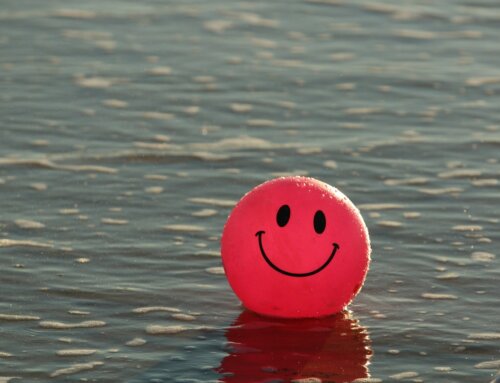
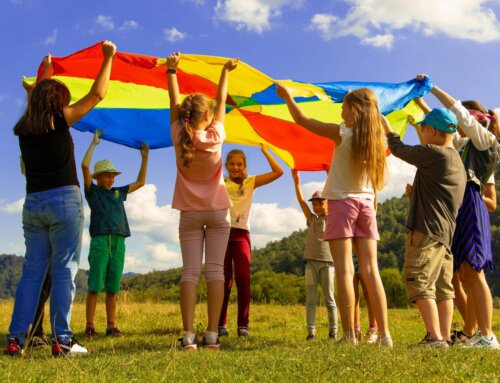
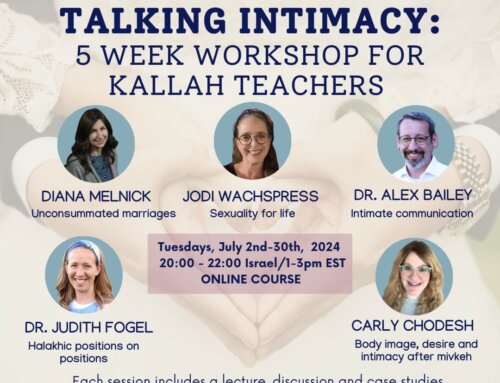

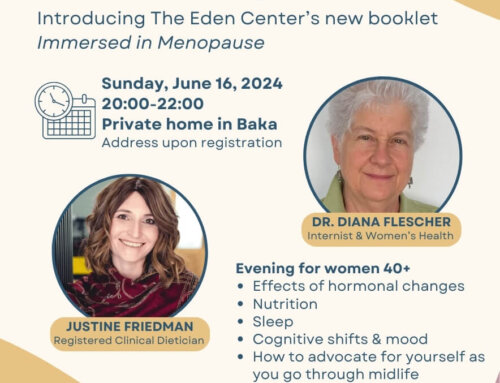
Leave A Comment